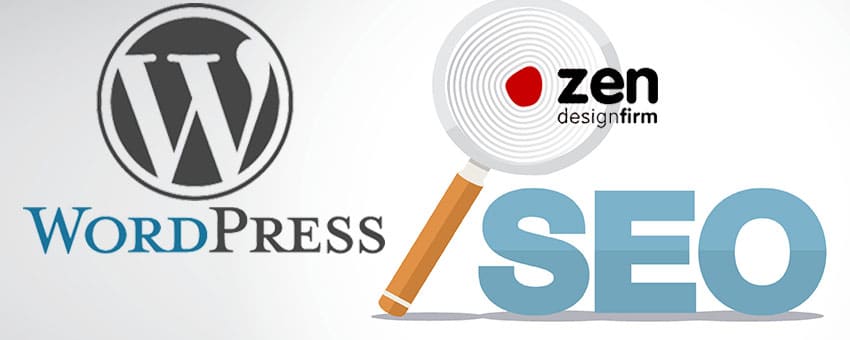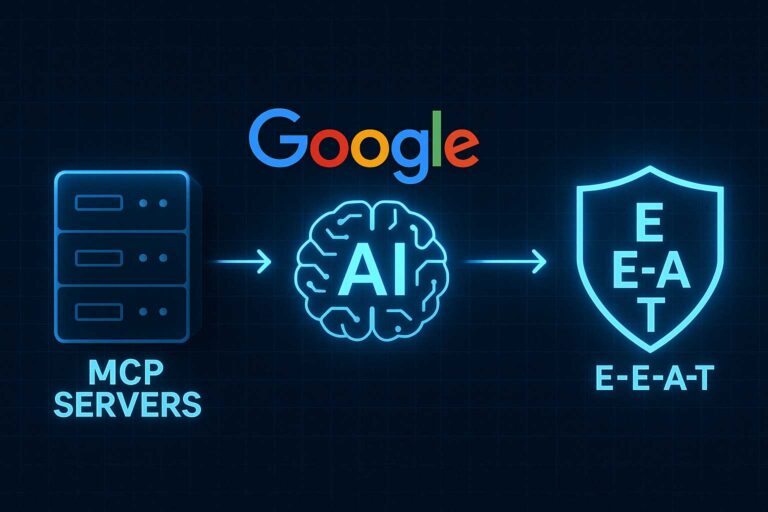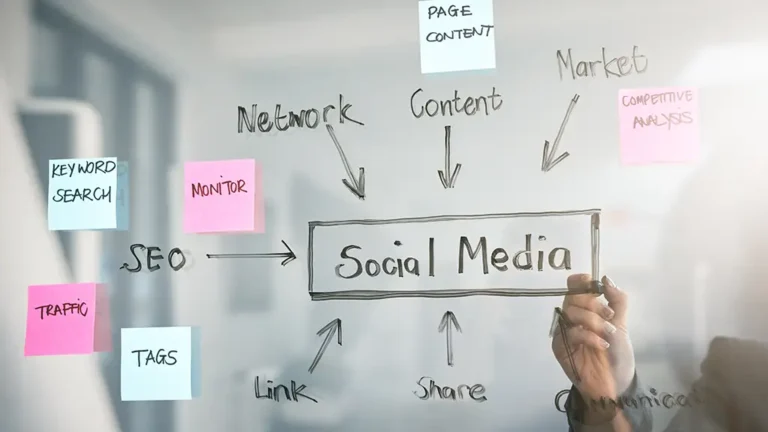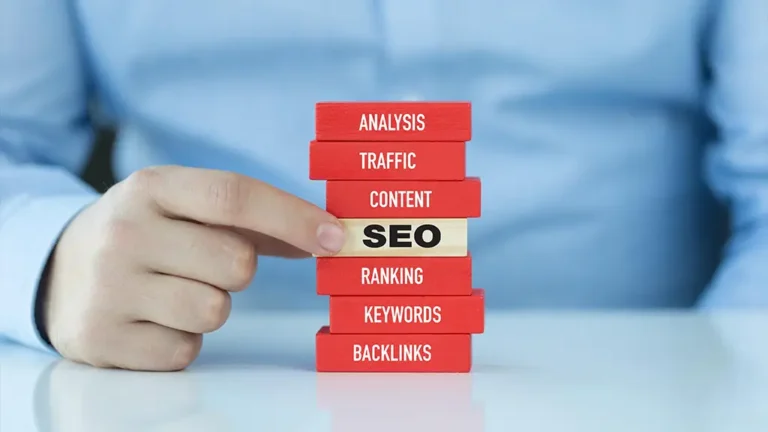4 Dynamic Tips to Boost the SEO of Your WordPress Site
WordPress sites are more SEO-friendly than sites on other platforms. Matt Cutts said it himself. But that doesn’t mean that WordPress is a ready-to-use, “out of the box” SEO solution. WordPress, though an extremely easy to use CMS, cannot be used on autopilot. You will still have to do some onsite optimization to really start climbing up the SERPS.
This blog post will detail some of the most basic, but often overlooked, ways that a business can really elevate their SEO using WordPress.
- Use an XML sitemap
A sitemap is a list of website pages that you would like to get indexed by the search engines. For web pages to get indexed, they need to get crawled by the search engines. Think of a sitemap like a guide or a table of contents for your website.
XML is a markup language that codifies this list of web pages. Think of it in the same vein as HTML, which is another markup language.
Your web pages could get crawled without the use of a sitemap, but all pages would not get covered. Some pages, which aren’t internally linked or are brand new, will get neglected and overlooked by the search engine crawlers. This is why it’s better to be on the safe side and just use an XML sitemap.
Further, XML sitemaps provide additional information to Google about your website. Like how often your pages will get changed or updated, or about certain types of content on your pages (videos, image and mobile content). It could provide info about the running time for a video, or the category and subject matter for an image, for example. This additional information is commonly termed as Metadata, and it enables Google to better understand your web pages.
- Properly set your permalinks
A permalink is what someone will enter into their search bar to go to a specific page on your website—essentially, it’s a URL. When you install WordPress, the structure of your permalinks has been automatically set up for you. This is the default setting, and you should change it as soon as possible. The default setting for your permalinks has two problems:
- It is NOT user friendly
- It does nothing to improve your SEO
To better illustrate what I’m talking about, let’s look at this example:
http://www.businesswebsite.com/best-wordpress-advice
The default setting is just a randomized sequence of numbers that are not memorable, nor will they promote your SEO.
Change the default setting to the “Post name” setting in the permalinks section of your WordPress dashboard.
This will do a few things:
- It will get rid of the randomized structure of your URLs
- It will make your web pages more memorable and user friendly
- It will make your web page easier to crawl
- It will help you rank faster and better (assuming that there are relevant keywords in your URLs)
- Use keyword-optimized meta tags
Meta tags are HTML elements that tell search engines what your web page is about. Meta tags like the title tag and the description will improve your SEO and click-through rates. These tags are placed in the <head> section of your HTML document.
Here is an example of a title tag element:
<title>Example Title Goes Here</title>
The “Example Title Goes Here” is where you would put your title tag. Title tags are important because (along with your description) they’ll show up in the SERPS. You will want to incorporate your relevant keywords near the beginning of your title tag. Keep it short and simple (it should be over 60 characters long). The purpose of the title tag is to use relevant keywords to improve your SEO, while giving human web users an idea of what your site is about.
Here is an example of a description element:
<meta name=“ description” content= “Example Description Goes Here”>
The “Example Description Goes Here” is where you would put the description tag. The description will show up under the title tag. It serves to provide a preview of the page; its purpose is to increase click-through rates. The description should not be over 160 characters long.
- Set up a strong internal linking structure
An internal link is a hyperlink that points to another page on the same domain. For example, a website’s main navigation is internally linking to other pages on the website.
Internal linking can accomplish a few things:
- It will boost the user experience of a website. A structured navigation will make your website more user friendly.
- It helps Google to crawl the pages of your website better.
- It spreads “link juice” throughout your site, giving your pages more authority.
Whenever you publish a new blog post, or a new page, find a related post or page on your site and link to it. Related content should always be connected. If you don’t have any related content to use, think about how you can connect your already existing posts to new ones. You could create new content with the thought of linking to your previous posts. You can also create a new series of posts about a specific topic; as more posts accumulate, you would be linking between them.
Also, add a “related posts” widget on your blog. A plugin like nRelate will directly aid your internal linking structure.
Tweak your SEO for optimal performance
These tips are simple, but they are absolutely crucial to the health of your SEO. Take the advice in this post, analyze the current state of your optimization, and start adding tweaks to get the highest rankings possible.

















